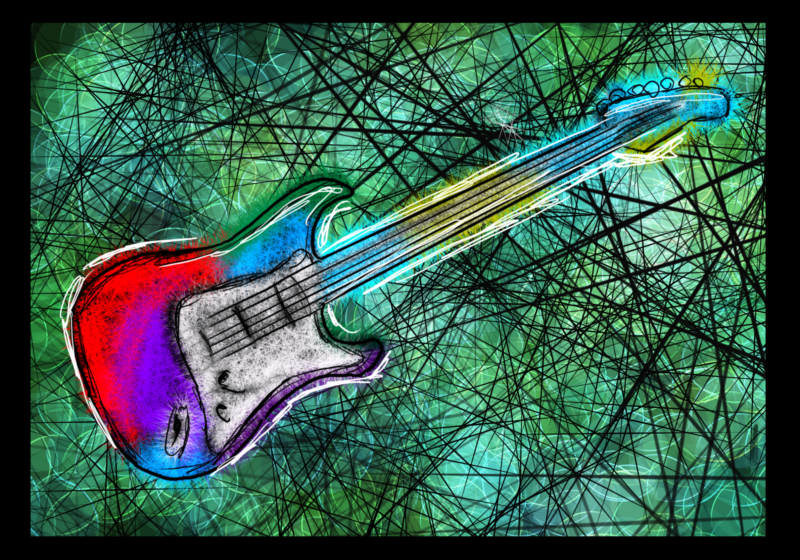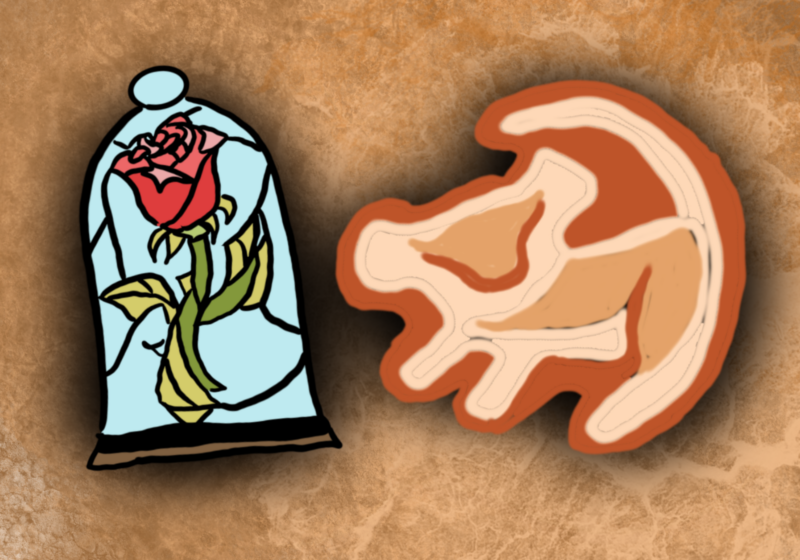The Students’ Association (SA) Government has been rewriting its constitution since December, a move that ultimately must be voted on and approved by the student body.
But the effort is, according to SA members on the task force undertaking it, behind schedule. And, some of the proposed changes to the structure of SA have met opposition from within the government.
“We started this process a little later than anticipated,” Elections and Rules Committee Chair Jake Braniecki said. “Nothing is set in stone. We are still in the basic talks of structure.”
SA is aiming to have the document ready for ratification by the mid-April elections. At least a third of the student body must vote in favor of the new constitution for it to be ratified.
At a Constitution Task Force (CTF) meeting Friday, Administration and Review Committee (ARC) Chair Alex Guerrero and Appropriations Committee (SAAC) Chair Nick Mavrelis submitted three proposals—one by Mavrelis, and two by Guerrero—for a new structure for SA Government.
As of Sunday night, though, 10 senators and a legislative aide (who is a member of the Campus Times editorial board) had signed a letter expressing concerns about proposals that seemed to make ARC and SAAC separate entities that would no longer fall under SA Senate.
The document specifically cites the necessity for Senate to be able to oversee the two committees, which handle recognition, review, and funding of all student organizations.
“That kind of power, in my opinion, needs to be checked,” junior Senator Cindy Molina, a signatory, told the Campus Times. “Processes like [appeals], when ARC and SAAC are under the legislative branch, are the kinds of things put in to check a specific organization’s power, and we have a number of organizations here on campus, and the budgets of those organizations are extremely relevant and crucial to the way they are run and to student life.”
Mavrelis felt the senators’ concerns were unfounded.
“I think not enough information was given to senators,” Mavrelis said. “I think what the senators are thinking is that SAAC and ARC are looking to be completely separate and completely unchecked. That’s untrue.”
The revision process, which started with the creation of a constitution task force, began toward the end of November. The SA Constitution was last revised in 2005.
“This is something that’s been trying to happen for the past few years,” Guerrero said. “Last year’s branch leaderships tried to sit down and rewrite the document. But when […] a timeline was laid out, it didn’t look like that group of people would have enough time to effectively write, discuss, and have a document prepared for the spring election.”
Braniecki said he expects Senate to take two weeks to approve the new constitution, since the document is likely to be tabled the first week it appears in Senate.
So far, a handful of decisions about provisions in the final document have been made: the existence of the All-Campus Judicial Council (ACJC), that the SA president will be elected by popular vote, and that the SA president will have a fluid cabinet.
A fluid cabinet would allow the SA president to appoint cabinet members as they see fit, as opposed to the current provision that defines the cabinet members the SA president must have.
While the CTF has been meeting weekly, several members of the committee expressed concerns about attendance of some of the members.
“Tell them to start scheduling meetings so I can actually show up to them,” freshman Senator Leif Johansen said. “They’ve been having all their meetings on Mondays from 2-3:30. I have calc from 2-3:15 on Mondays. Hopefully they’ll make meetings so I can actually get to them soon.”
Braniecki indicated that the absence of some of the CTF members—he estimated that on average two people miss meetings a week—was not cause for great concern.
“We have to do our best and move forward and have the people who are present and move forward with our discussion,” Braniecki said. “We’re providing as many opportunities to [make voices heard] as possible. It comes back to every meeting you have. You’re not always going to have everybody there, but if there’s a majority opinion, then that’s something that we really need to highly consider. Is there a way that we can really account for everyone? No.”
As the spring elections approach, members of the CTF are working with the SA executive branch’s public relations team to determine how to get student feedback on the new constitution and obtain enough support for the measure to pass in April.
Members of the CTF offered differing assessments of what had been discussed as far as student engagement.
“I’m not too sure [if there will be any discussions],” Mavrelis said. “I think there should be though. I think we’re […] also looking at Facebook advertising. That’s been pretty effective.”
Guerrero had a different understanding of where things stood regarding publicity of the rewrite.
“There will be a time when […] we will go out and host focus groups,” Guerrero said. “We will poll the student body on what they think of the new document. Probably [after spring break].”
Several other members of the task force declined or deferred comment.
ACJC Deputy Chief Justice and junior Madeline Blackburn responded to a Campus Times request for an interview with, “Thanks, but no thanks.”
The only other ACJC member on the task force is Associate Justice and junior Christian Keenan, who declined to comment and directed all questions to Braniecki.
SA President Vito Martino did the same, additionally citing a 2 p.m. meeting on Feb. 27 that he suggested the Campus Times attend.






